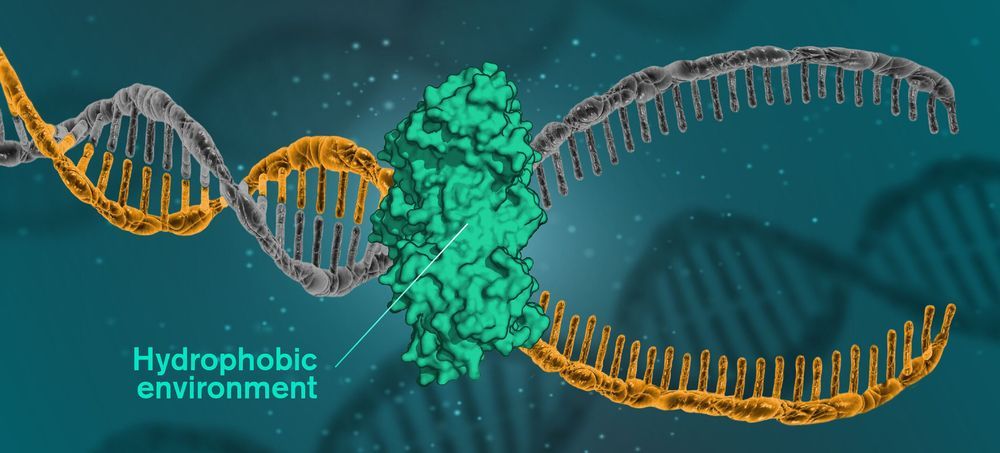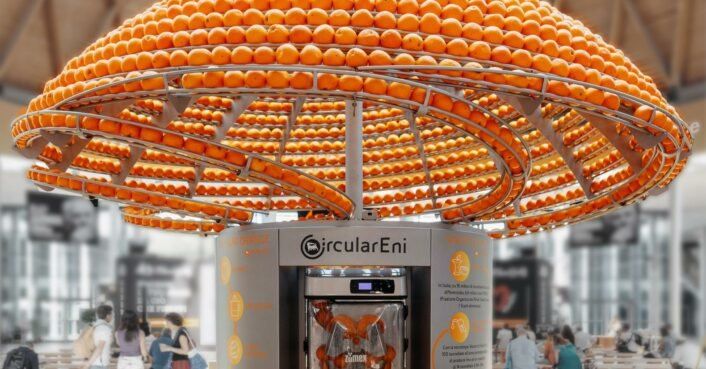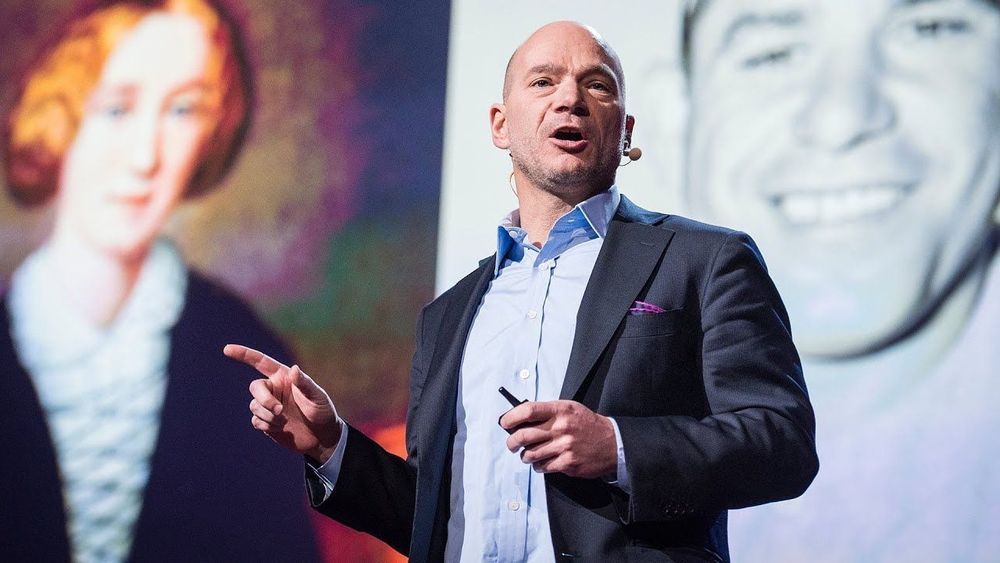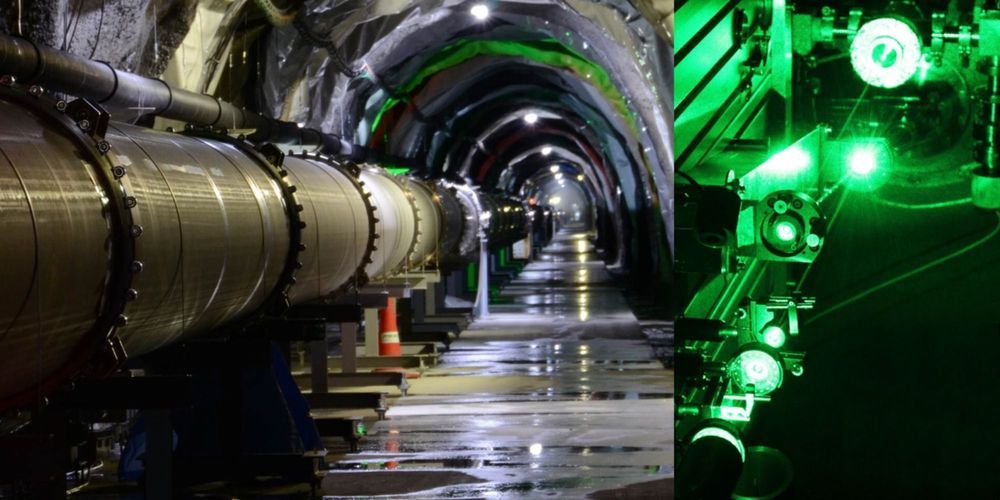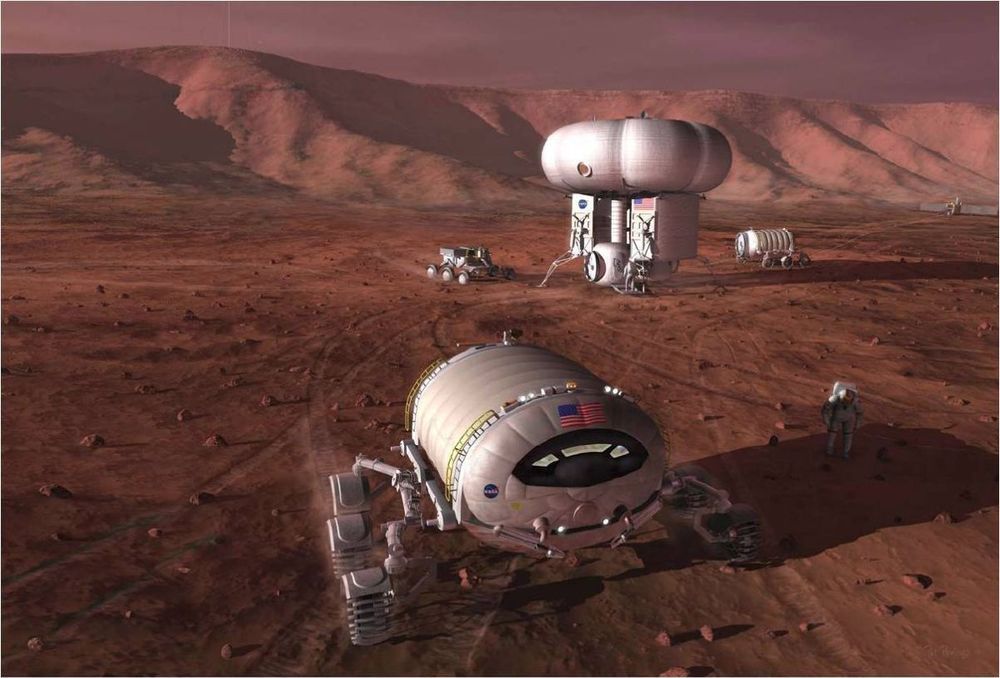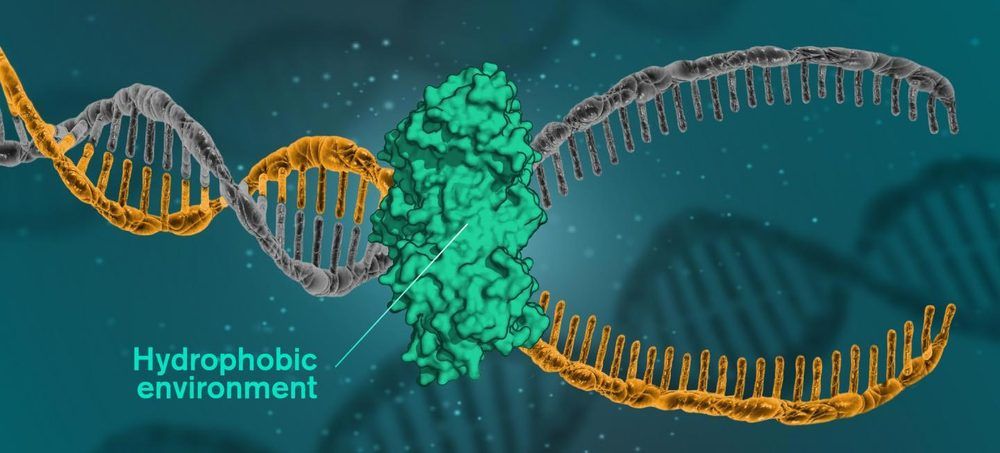Sep 23, 2019
Kevin Smith Wants Michael Keaton for a ‘Batman Beyond’ Movie
Posted by Quinn Sena in category: entertainment
Recently on the Fat Man on Batman podcast Marc Bernardin brought up an exciting idea for a new Batman Beyond movie. Kevin Smith was completely for it.
Batman Beyond originally premiered January 10th, 1999. That makes it 20 years old now. It’s hard to believe that time has gone by so quickly. Batman Beyond was one of the best animated series for Batman besides well, Batman the Animated Series. It followed Terry McGinnis as he navigates becoming Batman after Bruce Wayne suffers a heart attack and can no longer do the dirty work on the streets. Bruce before that point was fighting in a mech suit trying to keep up with all of Gotham’s atrocities.
Continue reading “Kevin Smith Wants Michael Keaton for a ‘Batman Beyond’ Movie” »


